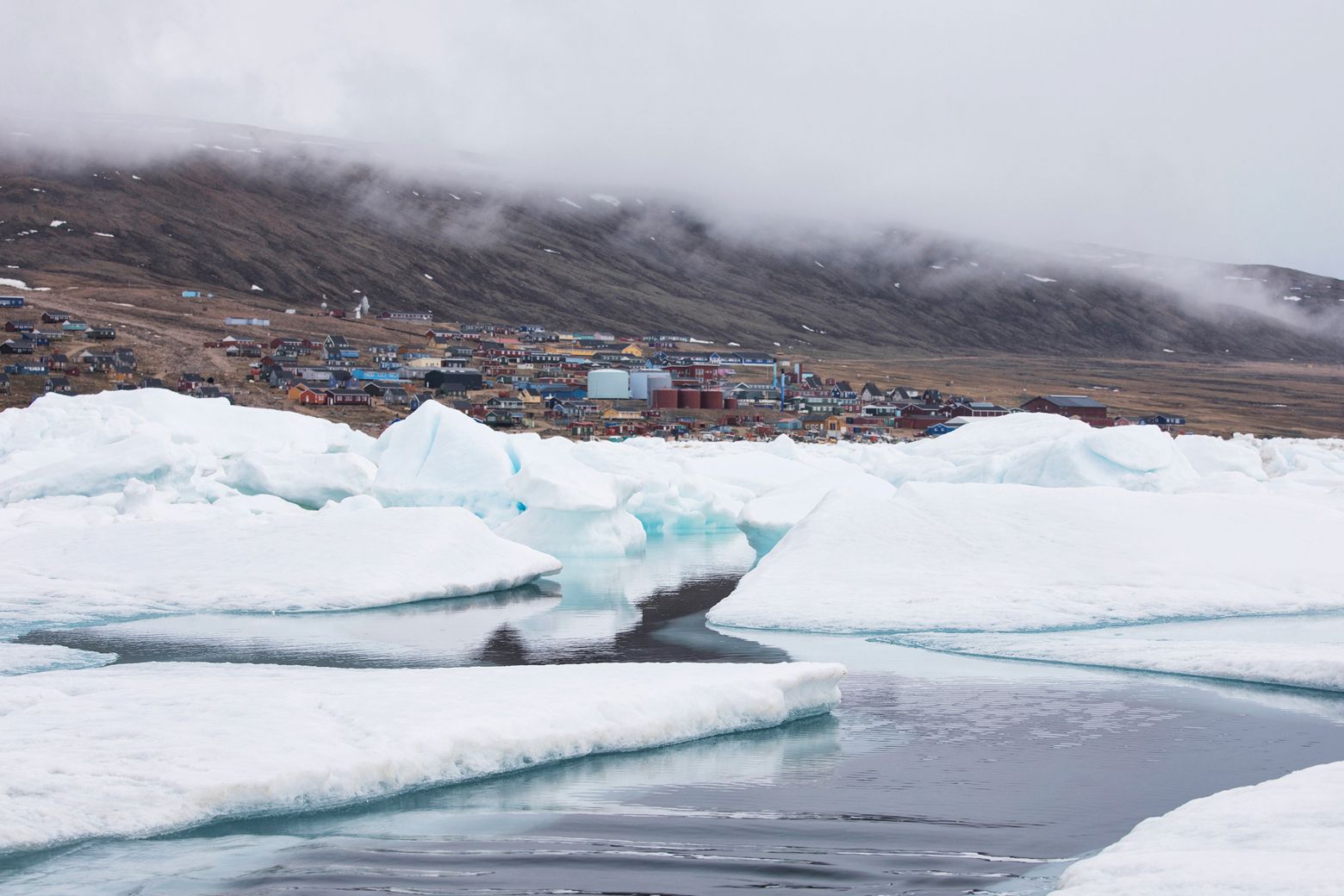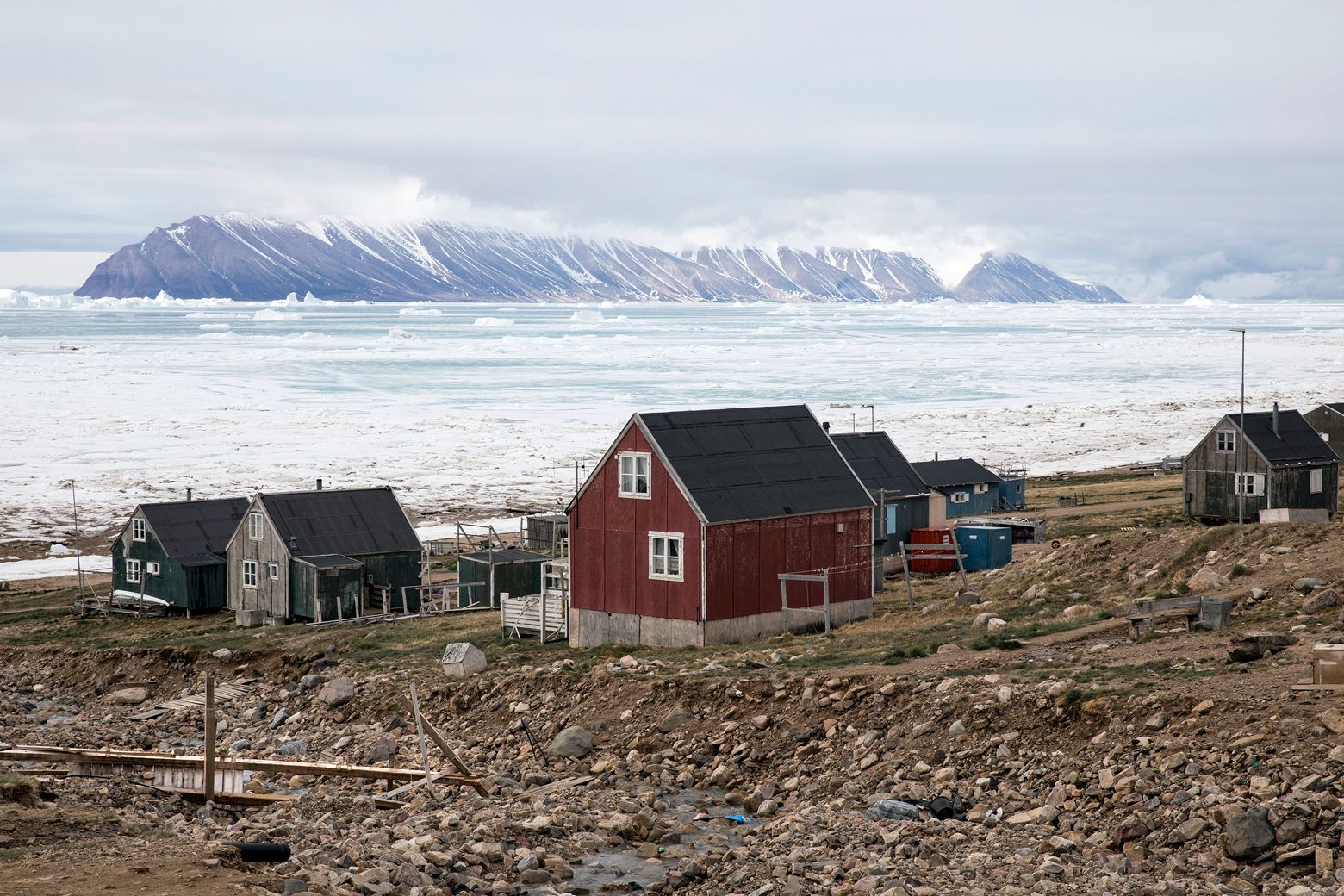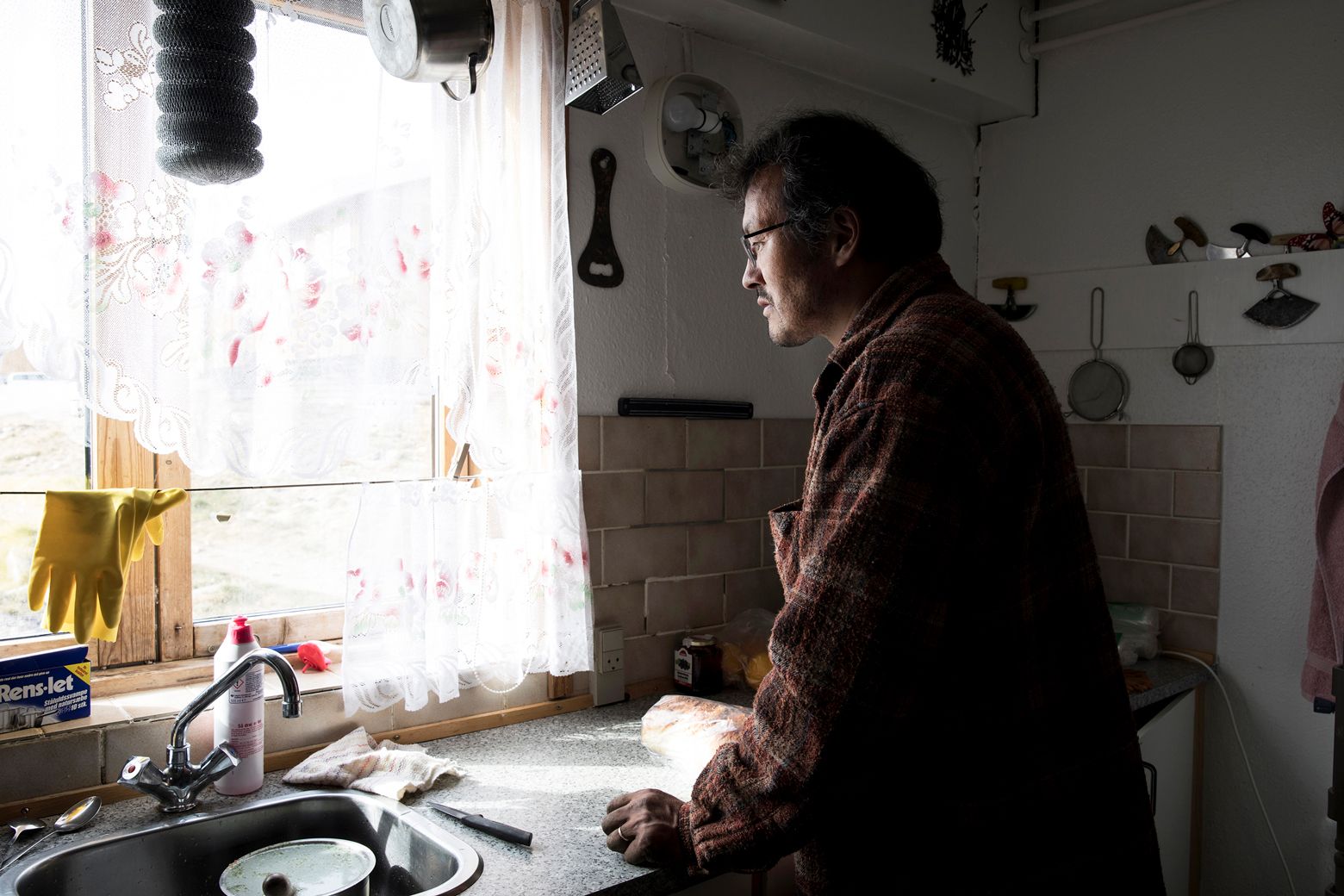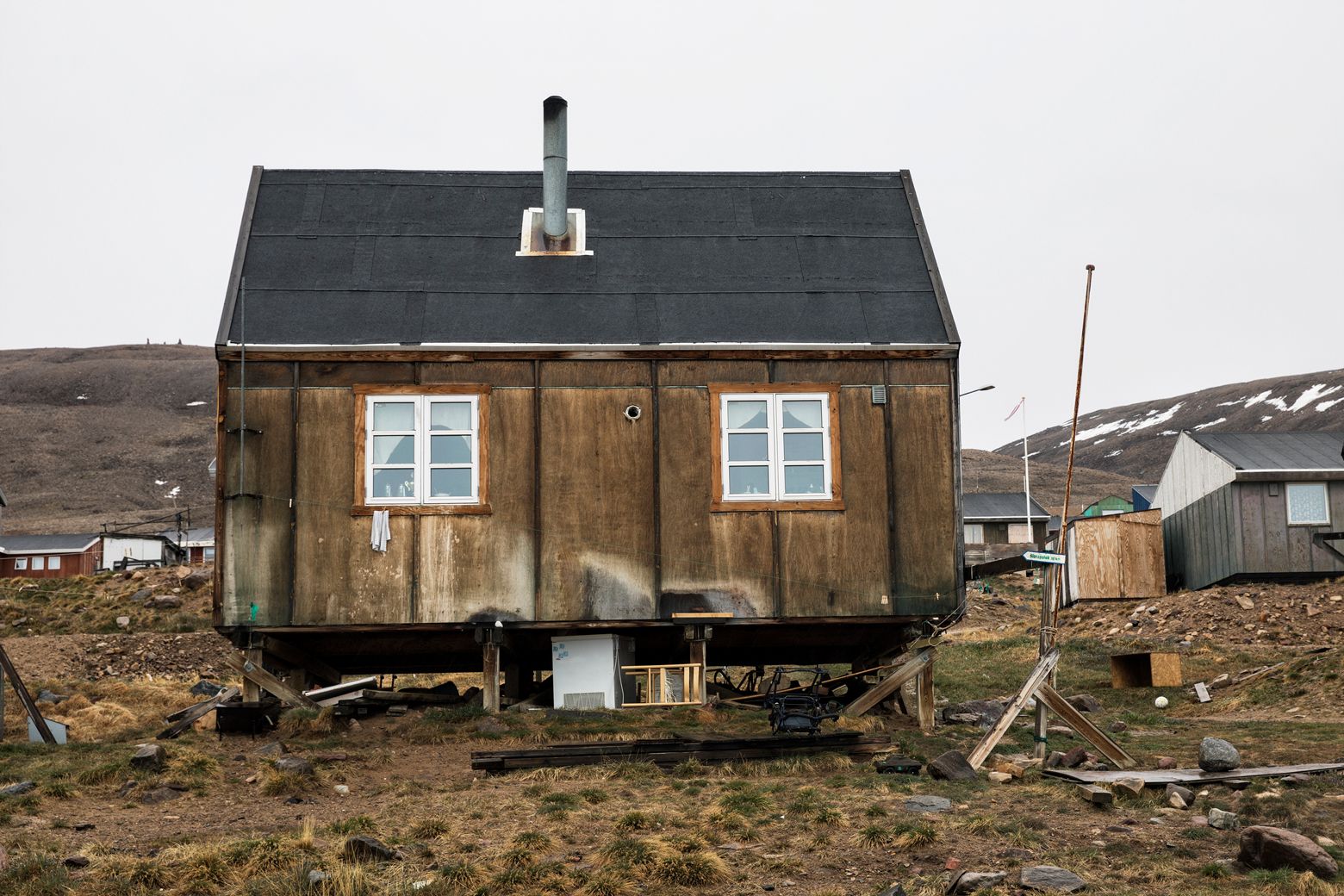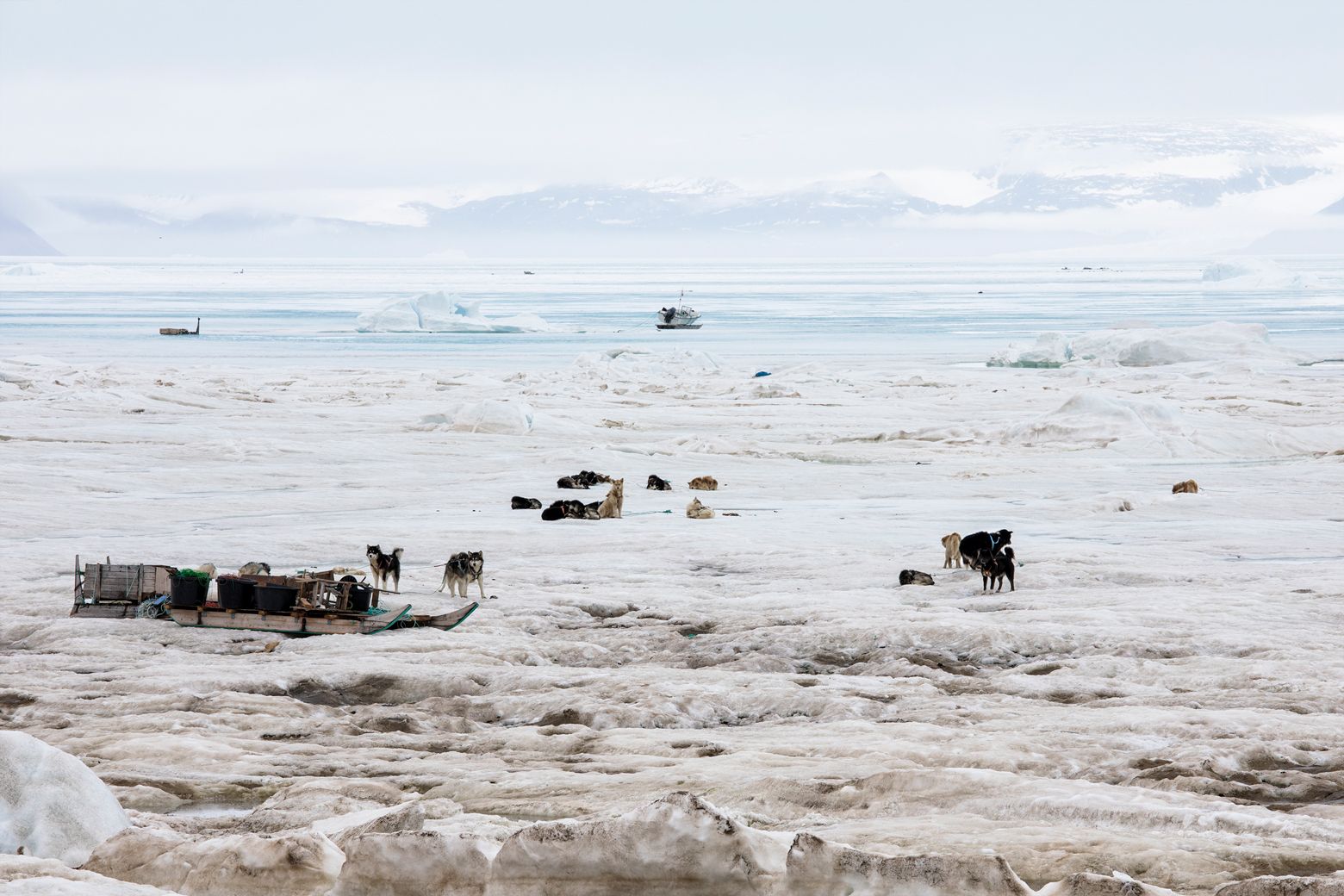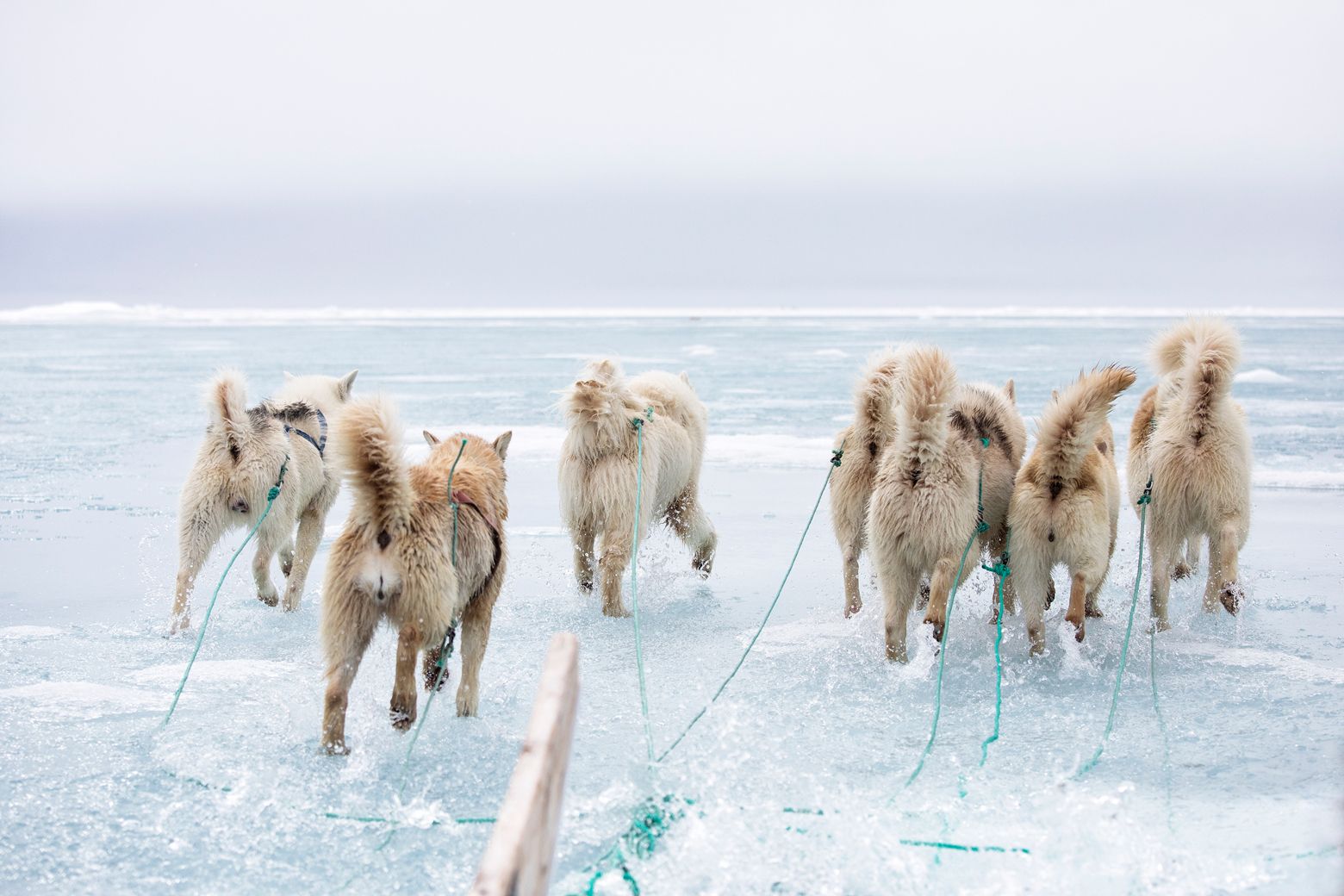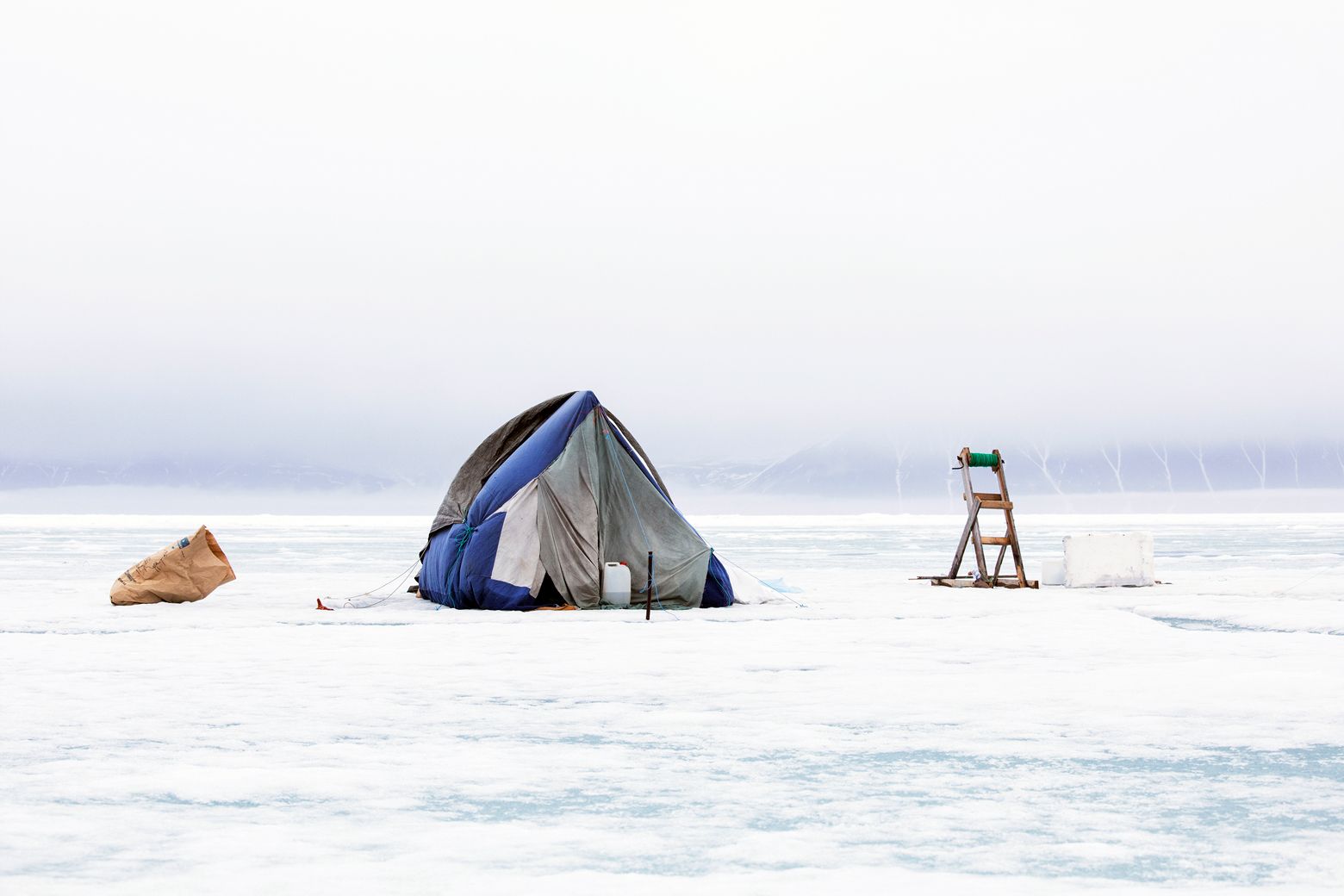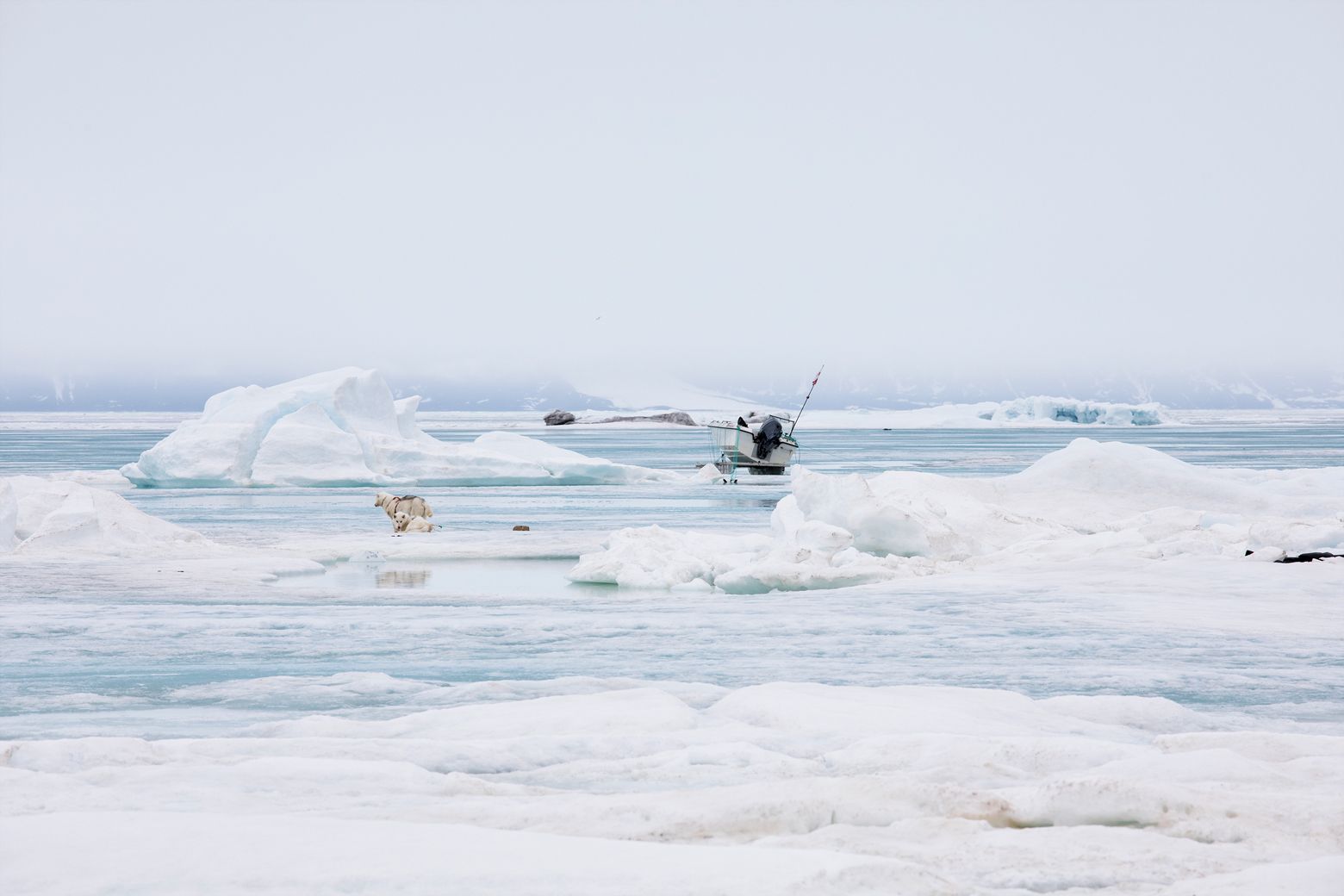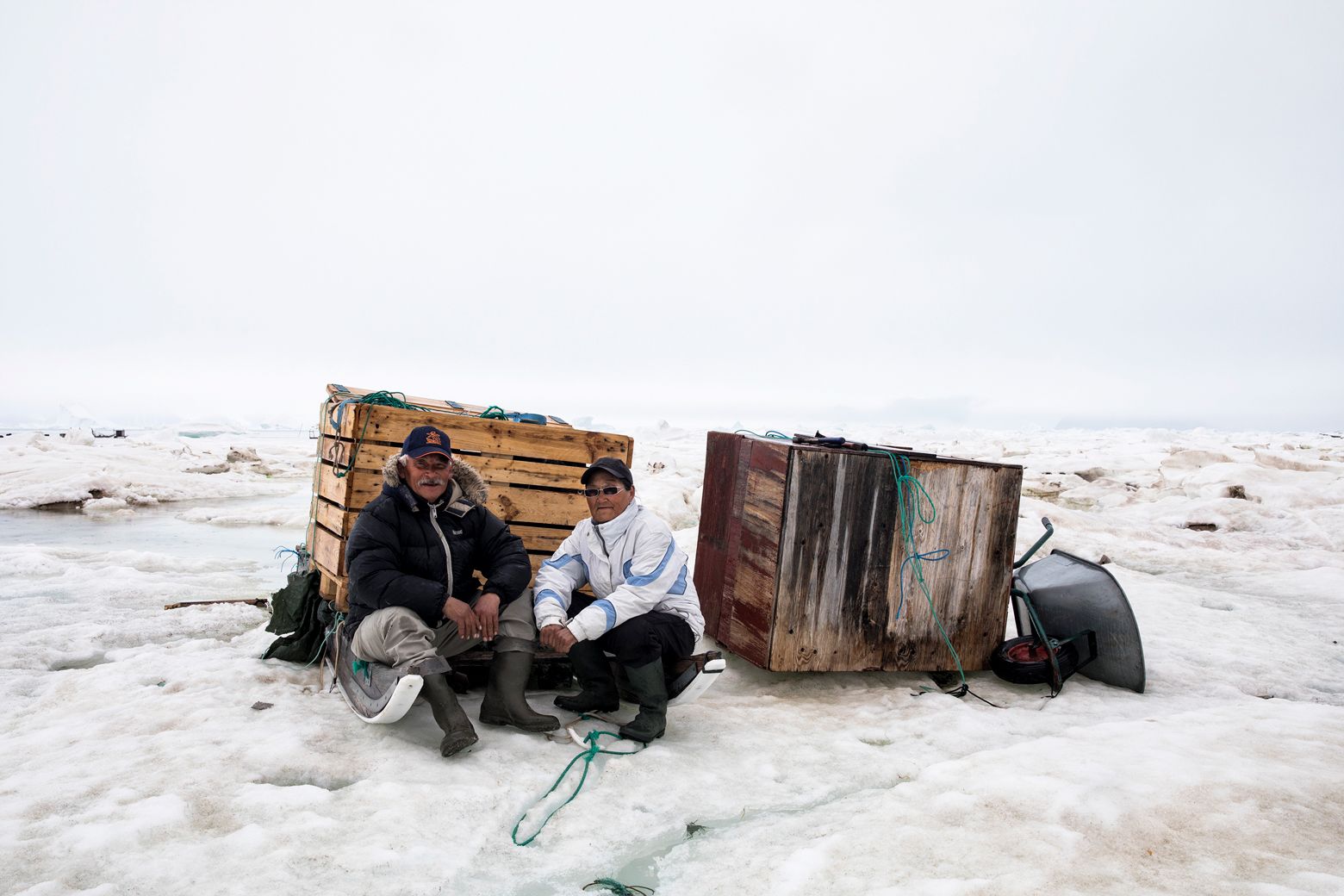November 12, 2018 | BBC
By
Photographs by Anna Filipova. Words by Anna Filipova and Amanda Ruggeri.
As the Arctic loses ice at dramatic rates, people in Qaanaaq, the northernmost town in Greenland, are finding their homes, livelihoods, customs and very survival at risk.
